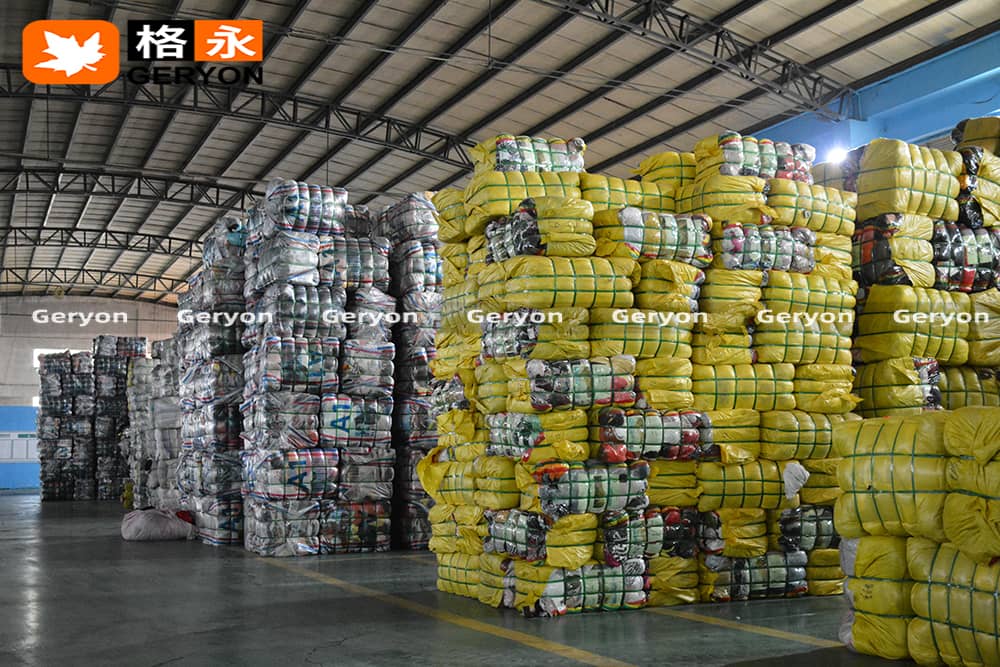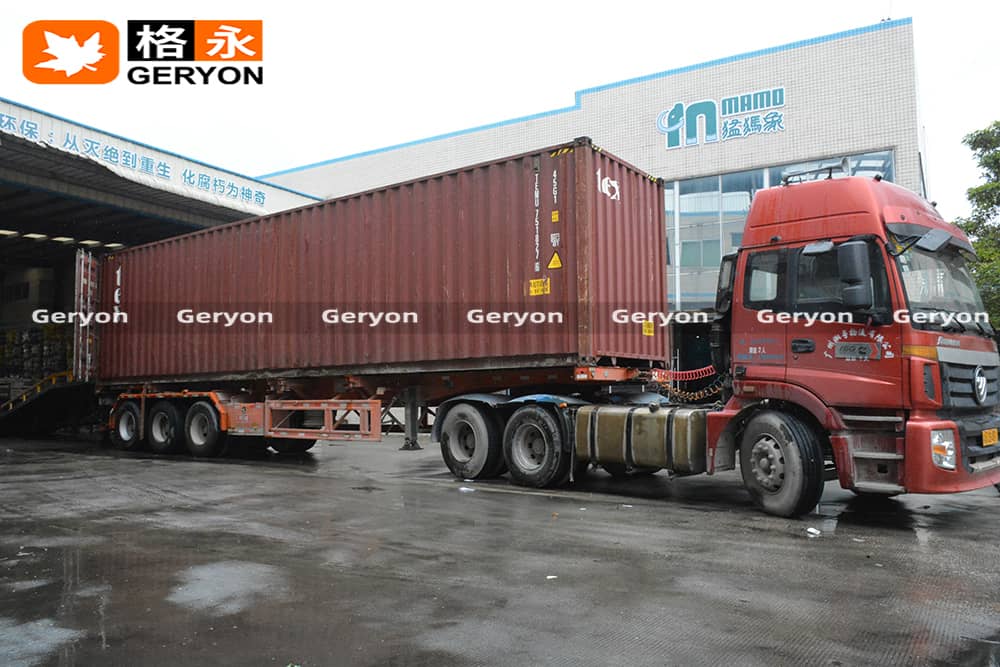As the market for Tanzania used shoes continues to expand, B2B importers are increasingly looking for ways to tap into this lucrative opportunity. Whether you’re new to the business or an established player, staying updated on the latest trends is crucial. In this guide, we’ll explore the key factors driving the demand for second-hand shoes in Tanzania and provide practical insights on how to successfully navigate this growing industry.

1. Introduction to the Tanzania Used Shoes Market
The Tanzania used shoes market has been witnessing remarkable growth in recent years. As more Tanzanians seek affordable, quality footwear, the demand for second-hand shoes has skyrocketed. B2B buyers looking to capitalize on this trend must understand the factors shaping this market. From economic conditions to consumer behavior, this section will provide a comprehensive overview of the driving forces behind the increased import of Tanzania used shoes.
Understanding the Growing Demand for Second-Hand Footwear
The demand for Tanzania used shoes is growing rapidly due to the country’s expanding population and the rising cost of new footwear. With a significant portion of the population in urban areas, where access to affordable goods is critical, second-hand shoes offer a viable solution. This surge in demand is especially noticeable in low- and middle-income households, where cost-effective options are prioritized.
Key Factors Influencing the Import of Used Shoes
Economic factors such as inflation and the devaluation of the Tanzanian shilling contribute to the high cost of new shoes, making used footwear a more attractive option for Tanzanians. In addition, the influx of international aid and charitable donations, which often include second-hand goods, has also played a role in shaping the market. For B2B buyers, understanding these economic dynamics is crucial when entering the Tanzania used shoes market.
2. Why Tanzania is a Prime Market for Used Shoes
Tanzania offers a thriving market for used shoes, driven by a combination of demographic trends, economic factors, and consumer preferences. As a country with a growing youth population and increasing urbanization, the demand for second-hand footwear continues to rise. This chapter explores why Tanzania is such a prime destination for the importation of used shoes, highlighting key market factors that attract B2B buyers.
Economic Factors Driving the Demand
The economic environment in Tanzania plays a significant role in the demand for Tanzania used shoes. With a large portion of the population living on limited incomes, second-hand shoes are seen as an affordable alternative to new footwear. Additionally, Tanzania’s import tariffs on new goods can make it more cost-effective for importers to bring in used shoes, further fueling the demand for second-hand footwear.
Consumer Preferences for Affordable Footwear
Tanzanians are increasingly turning to second-hand shoes as a practical solution for their footwear needs. This shift in consumer behavior is partly due to the rising cost of living and the increasing awareness of environmental sustainability. Second-hand shoes are not only affordable but also seen as an eco-friendly choice, which aligns with global sustainability trends. B2B buyers targeting this market need to focus on the quality and variety of their products to meet the diverse needs of Tanzanian consumers.
3. Top Trends in Tanzania Used Shoes Import
As the Tanzania used shoes market continues to evolve, there are several key trends that B2B importers should be aware of. From the growing demand for specific types of footwear to the rise of eco-conscious consumers, understanding these trends is essential for success. This chapter highlights the top trends currently shaping the market for Tanzania used shoes.
Increasing Demand for Quality Used Shoes
In recent years, the demand for high-quality Tanzania used shoes has increased as consumers become more discerning about the products they purchase. While price is still a significant factor, quality is becoming equally important, especially for those who wish to resell the shoes at a profit. Importers are therefore focusing on sourcing better-quality second-hand shoes to meet the growing consumer expectations in Tanzania.
Popular Shoe Types in the Tanzanian Market
Certain types of shoes are more popular than others in the Tanzanian market, and understanding these preferences is vital for B2B buyers. Sports shoes, sandals, and office shoes tend to be in high demand, particularly in urban areas where working professionals and students make up a large portion of the population. Understanding these preferences helps importers stock the right kinds of Tanzania used shoes to cater to the local market effectively.
Sustainable Footwear: The Rise of Eco-Friendly Options
Eco-consciousness is on the rise among Tanzanian consumers, and this trend is influencing the used shoes market. Many Tanzanians prefer purchasing second-hand shoes as a way to reduce waste and support environmental sustainability. This growing awareness presents an opportunity for B2B buyers to focus on sourcing used shoes that meet these environmental concerns, aligning with global trends toward sustainability.

4. How to Successfully Source Tanzania Used Shoes
Sourcing Tanzania used shoes requires strategic planning and a solid understanding of both local and international markets. In this section, we will explore the best ways to source quality second-hand footwear for import, considering factors such as supplier relationships, logistics, and regulatory requirements. B2B buyers looking to succeed in the Tanzanian market must ensure that they select reliable suppliers and navigate the complexities of importing used goods.
Key Sourcing Channels for B2B Importers
There are several sourcing channels that B2B importers can explore to procure quality Tanzania used shoes. These include wholesale suppliers, local and international markets, and donation-based sources. By developing strong relationships with trusted suppliers, importers can ensure a steady flow of high-quality second-hand footwear. It’s also important to consider working with local distributors who understand the Tanzanian market and can help guide buyers to the right products.
Selecting High-Quality Used Footwear for Import
The success of importing Tanzania used shoes hinges on selecting the right products. Importers must focus on shoes that are not only in good condition but also appeal to the local market’s preferences. Inspecting shoes for wear and tear, ensuring they are clean and functional, and selecting popular styles are essential steps in this process. Importers should prioritize sourcing shoes that will satisfy Tanzanian consumers’ growing demand for quality.
Dealing with Import Regulations and Logistics
When importing Tanzania used shoes, B2B buyers must navigate the country’s import regulations, which include customs duties and safety standards for used goods. Importers should ensure they are familiar with Tanzania’s regulatory framework to avoid delays and additional costs. In addition, efficient logistics management is crucial to ensure that the shoes arrive on time and in good condition. This requires building strong partnerships with reliable shipping and logistics companies.
5. Challenges and Opportunities in the Tanzania Used Shoes Market
While the Tanzania used shoes market presents significant opportunities, there are also challenges that B2B importers must overcome. From supply chain disruptions to competition in the local market, navigating these challenges is key to success. This section highlights the main obstacles facing the used shoes industry in Tanzania, along with strategies to turn these challenges into profitable opportunities.
Overcoming Supply Chain and Import Barriers
Importing Tanzania used shoes comes with its fair share of challenges, particularly in terms of supply chain disruptions and import restrictions. Delays in shipping and difficulties in customs clearance can affect the timely delivery of goods. However, these barriers can be mitigated by partnering with experienced logistics providers and understanding the intricacies of Tanzanian import regulations. Planning ahead and establishing reliable networks can significantly reduce these risks.
Capitalizing on Market Growth and Consumer Trends
Despite the challenges, the market for Tanzania used shoes continues to grow, providing ample opportunities for B2B buyers. By staying attuned to consumer trends and focusing on quality and variety, importers can capture a larger share of the market. Furthermore, the shift toward sustainability and affordability presents an opportunity for importers to align their offerings with Tanzanian consumers’ preferences, capitalizing on this growing demand.
6. Best Practices for Reselling Tanzania Used Shoes
Successfully reselling Tanzania used shoes requires a strategic approach, combining pricing, marketing, and distribution. B2B buyers must adopt best practices to ensure that their imported shoes are appealing to Tanzanian retailers and consumers. This chapter provides practical advice on how to effectively resell second-hand footwear in the Tanzanian market.
Strategies for Pricing and Marketing Second-Hand Shoes
Pricing and marketing are critical components of successfully reselling Tanzania used shoes. Importers should research local market prices to determine competitive pricing that aligns with consumers’ expectations. Additionally, marketing strategies that highlight the quality, affordability, and sustainability of used shoes can help create a strong brand presence. Leveraging social media and local partnerships can further boost visibility and sales.
Building Relationships with Local Retailers and Consumers
Building strong relationships with local retailers and consumers is essential for long-term success in the Tanzania used shoes market. By fostering trust and providing consistent quality, importers can ensure repeat business and loyalty from Tanzanian retailers. Understanding local cultural nuances and consumer behavior can also help importers develop better marketing strategies and distribution channels, ultimately increasing sales.

7. Conclusion: The Future of Tanzania Used Shoes Import
The future of Tanzania used shoes import looks promising, with significant opportunities for B2B buyers to tap into this growing market. As demand for affordable, quality, and sustainable footwear continues to rise, the used shoes market in Tanzania is expected to thrive. By staying ahead of trends and adapting to consumer preferences, importers can position themselves for success in this dynamic industry.
Key Takeaways for B2B Importers
B2B buyers looking to enter the Tanzania used shoes market should focus on understanding the local market trends, sourcing high-quality footwear, and building strong supplier and retail relationships. With a strategic approach, importers can navigate challenges and capitalize on the growing demand for second-hand shoes in Tanzania.
How to Stay Ahead in the Growing Market
To stay ahead in the competitive Tanzania used shoes market, importers should continue monitoring consumer preferences, sourcing practices, and regulatory changes. By being adaptable and responsive to market shifts, B2B buyers can ensure their success in the expanding Tanzania used shoes industry.






